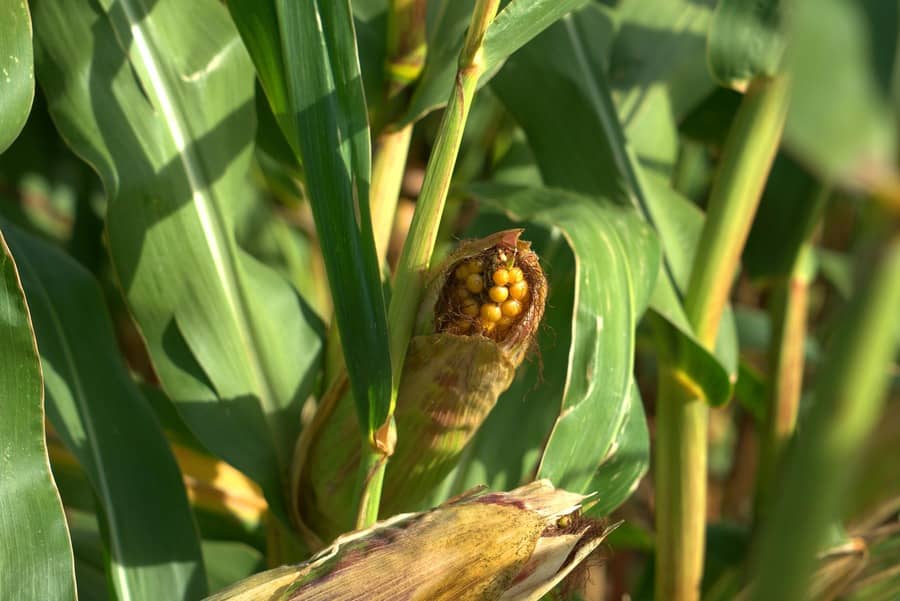Porto Alegre, December 6, 2022 – A week of pressure on international corn prices as a result of low wheat prices. The selling pressure coming from Russia and Ukraine is causing the market to ignore the strong production losses in Argentina and Australia with wheat. The moment has brought pressure to corn on the CBOT, a factor that may also motivate a greater demand for US corn from January onward, to the detriment of the already limited Brazilian corn. Another key point is Argentina’s supply in the first half of 2023. The planting is only 25% complete, which at least points to a much later harvest. The weather situation in Argentina is now critical, even though delayed planting already had reasonable production results in the past.
Last week surprised the international market with, initially, a sharp decline in soyoil prices on the CBOT. The confirmation of the soybean dollar in Argentina for the export of products from the soy complex, with an exchange rate of 230 pesos/dollar, would already be a pressuring factor for soyoil this December. The effect on the market must be much lower than that registered in September, when the government used the rate of 200 pesos for soybeans. Corn has already reached the export registration limit and, therefore, until the start of the new crop there will be no new sales of local corn.
However, Ukraine has decided to take advantage of the moment in the export corridor to accelerate sales of sunseed oil. In the package, greater sales of corn and wheat by Ukraine and also Russia are collaborating to settle down international prices through greater selling interest in the Black Sea. At some point, it would happen because of the volume that is accumulated internally due to the war. However, the picture may be temporary, considering that two other exporters have serious problems with the wheat crop. Argentina copes with a historic crop failure due to drought, and Australia suffers a quality loss due to excessive rainfall.
At the moment, the selling pressure in the Black Sea collaborates to bring down wheat prices on the CBOT and drags corn down to USD 6.50/bushel. We must assess that corn prices are historically quite high, and downward movements may be normal from now on if we have some important indicators, such as: a positive outlook for the US planting in 2023, lower urea prices, the wheat market, and the South American crop.
To support prices on the CBOT, US exports need to maintain a faster pace and above one mln tons. This could start to happen from January onward, when Brazil will reduce its exports. The possibilities of volatility based on this US sales movement are direct for the first quarter of the year. Afterward, it is about a vision for the 2023 crop, that is, planting intentions, the climate during the planting, and the climate in the US summer. A normal local crop could allow for good corn prices in the second half of the year on the CBOT and, of course, in the international market.
The other fundamental point is the crop in Argentina. The country is the third largest exporter of corn and its production, in 2023, will have additional importance in the first half of the year, considering the little corn available in Ukraine, the awful European crop, and the absence of Brazil in exports in the semester. The Argentine crop would be meeting world demand as of April. However, with the planting extremely late, the volume of exportable corn will only begin to reach trading companies from May.
The planting of the Argentine crop reached only 25.4% until last week, below the delayed pace of 2021 in the same period. This percentage is more concentrated in the north of the country, a region where it has rained better so far and corn is planted earlier. The nucleus of Córdoba, Santa Fé, and Buenos Aires has some advance toward western Buenos Aires. Santa Fé is still in a situation of extreme drought. The Ministry of Agriculture estimated the planting at 44%, a number that the market is not accepting at the moment.
Argentina must go through another week of spotty rains and very hot weather. Of course, this exacerbates the already worrying situation. For the week of December 11, rains must return to most of the country. The point is that in La Nina years, the models lose a little of the security of predictability, and a risky situation can end up getting worse.
Follow the Safras Agency on our website. Also follow us on our Instagram and Twitter and stay on top of the main agribusiness news!
Copyright 2022 – Grupo CMA

